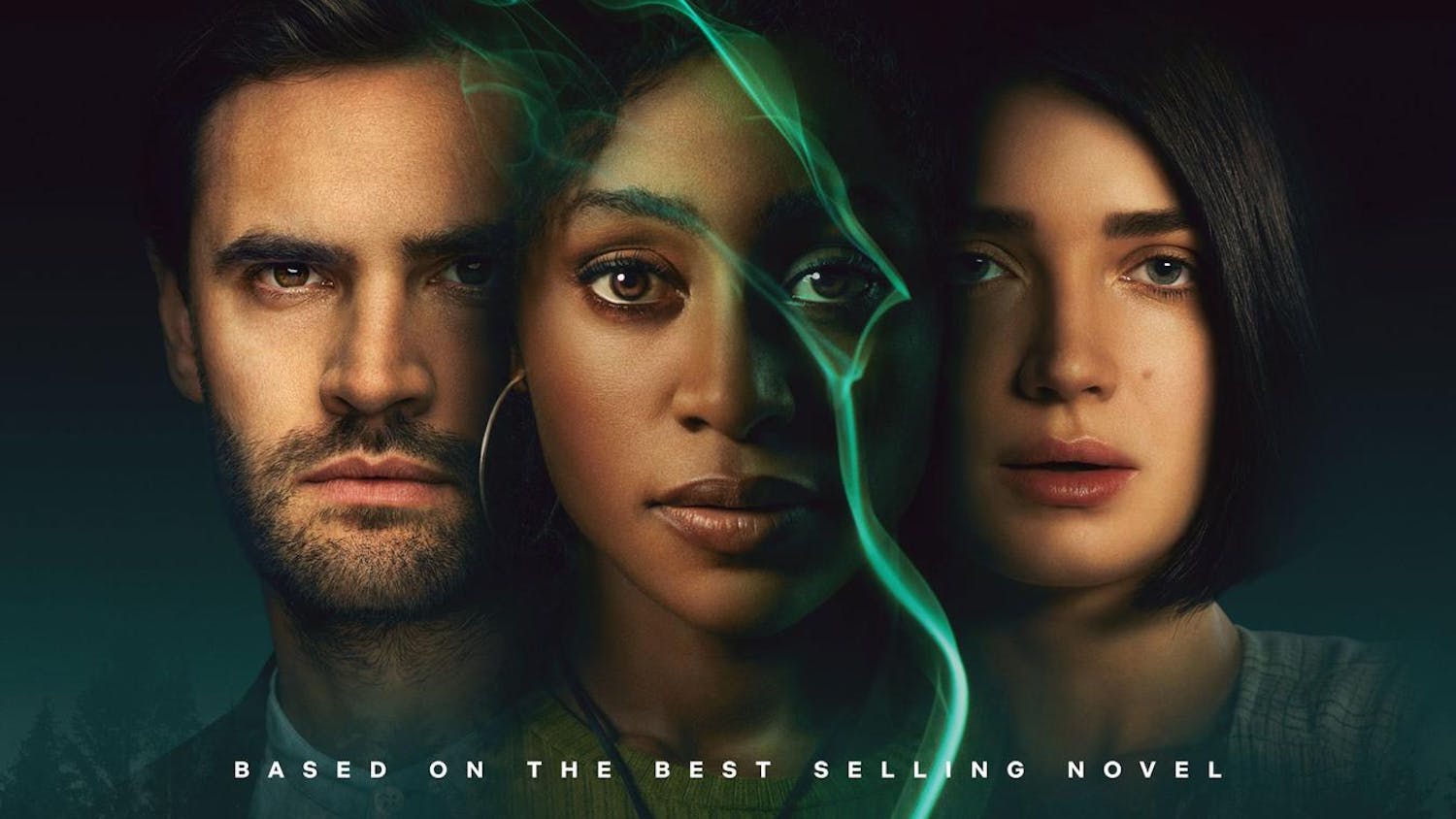On February 28, 2020 the third annual Black Arts and Music exhibit took place at Cayuga Lodge. The night consisted of conceptually breathtaking artwork and performances by some of Cornell’s most envelope-pushing queer and black creatives, people who, until this event’s conception, had not been given adequate space to display their work.
When questioned about the goals of this exhibition space, Celestino Pottinger ’20 — creator of the exhibit and a featured artist — responded with a reflective and thought-provoking response: “We are trying to decolonize the art space. [The] hope is to bring artists of different mediums [together] to aid in making BAAM! accessible for queer and black artists.” He expands on how black art is seen through a contemporary lens: “In art study, we are primed to be a part of the Western canon. BAAM! wants to continue to question that and how black artists can be a part of the canon without being a token.” He executed this thought beautifully through his sculpture displays, which focused on the intersection of being black and transgender. “I just can’t stop talking about it,” Pottinger describes, “I hope for a future that not only makes space for me, but doesn’t have to make space for me… it’s just there.”
While the art was definitely a spectacular portion of the event, another dimension of the intimate space accented with the graffitied walls of Lodge was added when the performances began. One such artist named Overflow — otherwise known as Nicholas Robinson ’21 — has been building their artistic momentum on Cornell campus since last year when they began releasing music.
They performed several songs off of their debut album, Failed Yuppie Lifestyle, which they wrote as a personal diary describing their shift of interest from wanting to be a part of the corporate world to finding more passion and humaneness in being a creative. When discussing Robinson’s career as it relates to the intersection of being both black and queer, the conversation naturally began to shift from an optimistic frame of mind to the challenges of the culture of rap. “Rap gave me a voice,” they say, “[yet] rap is also seen as a very masculine thing.” They are deliberately working towards creating a conversation which strays from the norms of rap culture, and redefining what the evolving genre could be. They do this by installing a counter-narrative in their work, straying from masculine tropes which often dominate feminine bodies, and instead twisting the narrative to go against the contemporary hierarchical power structure instilled in society, which bleeds into almost every sector of existence.
If the goal is to make these narratives more mainstream, why must they be seen in alternative forms of consumption instead of being in mainstream societal lexicon? “Because art is fucking dope,” Nicky Rahim ’20 answers. He continues, “Art is consumable; if it has an angsty motive, then it gets the message across.” According to Rahim, the artists hoped to create a sensation of “soft lingerings and subdued emotions” when people view their work. This feeling is what sticks with people most, leaving them questioning their existence entirely. Their social complacency is exposed as they continue to exclude marginalized narratives in the creative storytelling conversation.
The Black Arts and Music exhibit drew people from all walks of life to the basement of one of the most radical spaces on campus to appreciate the stories of some of the most genuinely spectacular and imaginative individuals on campus. The artists’ and organizers’ hope for this event in the future is that it continues to grow and flourish into something that exceeds the limit of Lodge, elevating with increased public interest. Hopefully more black and queer narratives, so often blocked by the monotonous white melodramas that steal the spotlight of mass media and the public gaze, can be displayed without deliberate curation. Black queer art should not need the illumination of such channels in order to be seen in the art world, but should instead be the immaculate luminosity itself, propelling modern storytelling to the next level of emotional vulnerability and innovative execution.
Additional featured artists at Black Arts and Music include the bold Alex Eshelman ’21 and Margaret Groton ’20.
Tyler Brown is a sophomore in the college of Arts and Science. He can be reached at tbrown@cornellsun.com.

Spotlighting Black Queer Artists at BAAM!
Reading time: about 4 minutes
Read More










